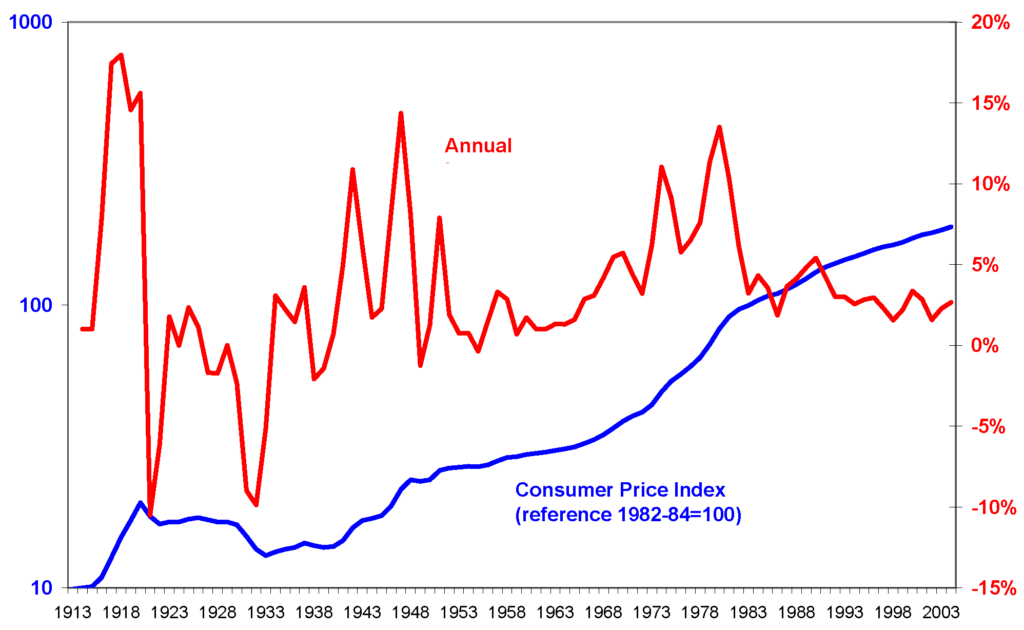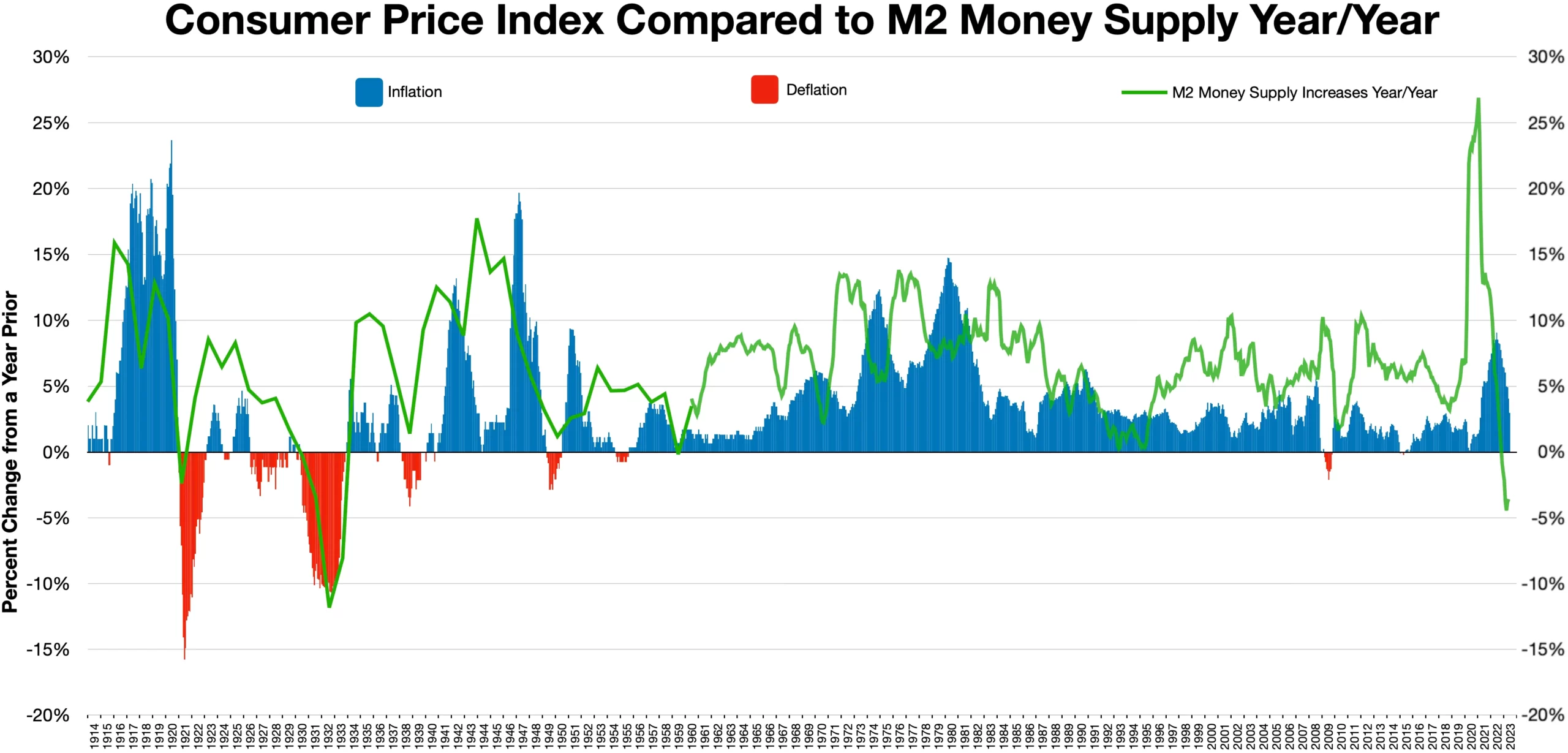Impact of Consumer Price Index (CPI) on Economy :- The Consumer Price Index, commonly known as CPI, serves as a crucial indicator in assessing the economic health of a nation. It measures the average change over time in the prices paid by consumers for a basket of goods and services. Essentially, it offers insights into inflation rates and cost-of-living variations.
Impact of Consumer Price Index (CPI) on Economy

Factors Influencing CPI
The calculation of CPI involves numerous factors. It encompasses the composition of goods and services within its basket, the prevailing inflationary pressures, and the dynamics of demand and supply in the market.
Impact of CPI on Economy
Monetary Policy Decisions
CPI heavily influences the decisions made by central banks regarding monetary policies. A higher CPI often triggers measures to control inflation, such as increasing interest rates to curb excessive spending and stabilize prices.
Consumer Behavior and Spending Patterns
Fluctuations in CPI directly affect consumer behavior. As prices rise, consumers tend to alter their spending patterns, opting for more affordable alternatives. This change in consumer behavior ripples through various industries, influencing market dynamics.
Business Investment and Production
CPI plays a pivotal role in shaping business decisions. High CPI rates can lead to increased production costs, affecting profit margins and investment decisions by businesses.
CPI’s Role in Financial Markets
Interest Rates
CPI influences interest rates set by financial institutions. A rise in CPI often prompts central banks to hike interest rates to regulate borrowing and spending, impacting mortgages, loans, and savings.
Stock Market Performance
Fluctuations in CPI can significantly impact stock markets. High CPI can lead to investor concerns about reduced purchasing power, affecting stock valuations.
Currency Valuation
CPI affects the value of a country’s currency in international markets. High inflation indicated by CPI can lead to depreciation of the currency, impacting trade and foreign exchange rates.
Challenges and Controversies Surrounding CPI
CPI faces criticism due to various measurement issues, its reflection of real costs, and the ensuing social implications. There are ongoing policy debates about its accuracy and effectiveness in capturing actual living expenses.
Global Perspectives on CPI
Comparing CPI across countries provides insights into differing economic conditions, influencing international trade agreements and economic policies among nations.
Future Trends in CPI Analysis
Technological advancements and changing consumer behaviors will continue to reshape CPI analysis. Policy adjustments and revisions will be necessary to ensure CPI’s relevance in evolving economies.
Conclusion
Consumer Price Index remains a vital tool for understanding economic shifts, influencing policy decisions, and shaping consumer behavior and market trends. Its significance in the global economy necessitates continual refinement and adaptation to accurately reflect economic realities.
FAQs
- How frequently is CPI calculated and released?
- The Consumer Price Index (CPI) is calculated monthly by the Bureau of Labor Statistics in the United States. It’s typically released around the middle of the month following the month being measured. This provides a snapshot of inflation’s impact on consumer prices, aiding economic analysis and policy decisions.
- Does CPI cover all expenses incurred by consumers?
- The Consumer Price Index (CPI) aims to represent the average change in prices paid by urban consumers for a specific basket of goods and services. However, it doesn’t encompass all expenses, as it focuses on a predefined set of items, potentially excluding certain expenditures like investments, taxes, and some specialized goods/services.
- Can CPI be used as the sole indicator for assessing an economy’s health?
- While the CPI offers valuable insight into inflation’s impact on consumer prices, it alone isn’t comprehensive for assessing an economy’s health. It’s crucial but must be considered alongside other indicators like GDP, employment data, and production figures to provide a more comprehensive understanding of economic health.
- What are the limitations of CPI in capturing inflationary pressures accurately?
- The CPI faces limitations due to its fixed basket of goods, potentially overlooking changes in consumer preferences and new products. It might not fully reflect quality improvements or consider substitution effects when prices rise. Additionally, it may underrepresent housing costs, affecting its accuracy in capturing overall inflationary pressures.
- How does CPI impact individuals on fixed incomes, such as retirees?
- For individuals on fixed incomes like retirees, CPI impacts their purchasing power. If CPI rises higher than their income adjustments, it erodes their ability to afford the same basket of goods, leading to reduced real income. This can challenge their financial stability and standard of living.




